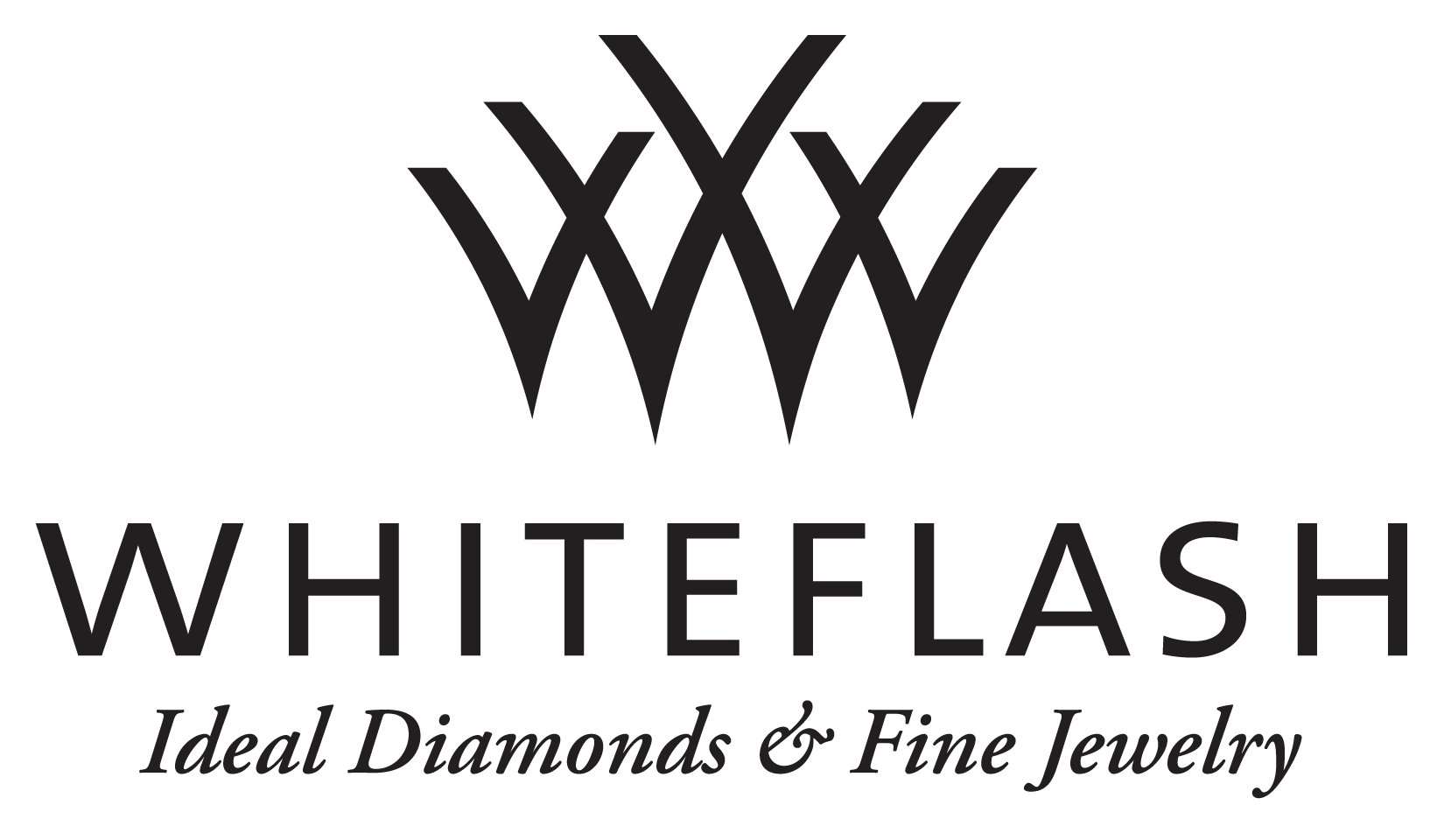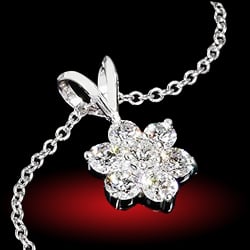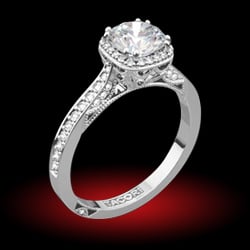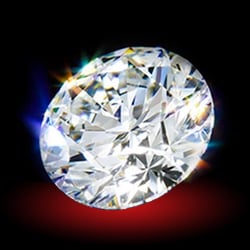You are using an out of date browser. It may not display this or other websites correctly.
You should upgrade or use an alternative browser.
You should upgrade or use an alternative browser.
AGS Appraisal from 1982 - Value today?
- Thread starter jsimon
- Start date
- Status
- Not open for further replies. Please create a new topic or request for this thread to be opened.
- Joined
- Sep 3, 2000
- Messages
- 6,758
1982 was after the fall of diamonds from a price bubble of the 1979/1980 era. Some retailers were giving realistic appraisals back then and others were doing what they could to mitigate the lowering of most diamond values from the 79/80 period by giving inflated values.... Folks so much expected diamond prices to keep rising and many sellers were scared to admit that the highest quality diamonds had fallen abruptly in value. It was not their fault, but they were uncomfortable with the situation.
If you run a pricescope search on the quality and weight of the diamond you have you will get a low retail number for it based on the current market on the Internet. If you want what an AGS retailer would sell it for in a B&M store, you will need to add 10 to 50 percent more to get to a relatively realistic amount.
There are some B&M stores willing to deal at Internet level mark-ups, but few are willing to brag about it. They truthfully cannot afford to sell for virtually no profit. The Internet is creating a very difficult environment for traditional retailing. We will see some major changes in the coming years. Not all change will be for the better necessarily, but I view change as inevitable. The survivors will be the ones with the right game plan.
If you run a pricescope search on the quality and weight of the diamond you have you will get a low retail number for it based on the current market on the Internet. If you want what an AGS retailer would sell it for in a B&M store, you will need to add 10 to 50 percent more to get to a relatively realistic amount.
There are some B&M stores willing to deal at Internet level mark-ups, but few are willing to brag about it. They truthfully cannot afford to sell for virtually no profit. The Internet is creating a very difficult environment for traditional retailing. We will see some major changes in the coming years. Not all change will be for the better necessarily, but I view change as inevitable. The survivors will be the ones with the right game plan.
Richard Sherwood
Ideal_Rock
- Joined
- Sep 25, 2002
- Messages
- 4,924
#5 color = IJ color
#3 clarity= VS1 clarity
#8 cut = Poor cut
The millimeter measurements you listed indicate a very shallow diamond (44.1% depth), which is the reason for the "poor" cut grade. Most well cut diamonds fall somewhere in the 58-62% depth neighborhood. This one is what dealers refer to as a "pancake" stone.
That's not to say that it's not pretty. It just doesn't line up with the traditional stats for a well cut diamond.
6.5 dwt= 6.5 pennyweights, or 10.1 grams (weight of entire ring)
#3 clarity= VS1 clarity
#8 cut = Poor cut
The millimeter measurements you listed indicate a very shallow diamond (44.1% depth), which is the reason for the "poor" cut grade. Most well cut diamonds fall somewhere in the 58-62% depth neighborhood. This one is what dealers refer to as a "pancake" stone.
That's not to say that it's not pretty. It just doesn't line up with the traditional stats for a well cut diamond.
6.5 dwt= 6.5 pennyweights, or 10.1 grams (weight of entire ring)
Rank Amateur
Brilliant_Rock
- Joined
- Feb 26, 2003
- Messages
- 1,555
- Status
- Not open for further replies. Please create a new topic or request for this thread to be opened.
Share:
How Are Diamonds Made? Natural vs Lab-Created Explained How Are Diamonds Made? Natural vs Lab-Created Explained - 08/05
How Are Diamonds Made? Natural vs Lab-Created Explained - 08/05

Top Wedding Ring Brands for Every Style and Budget
Top Wedding Ring Brands for Every Style and Budget - 08/05
Where to Buy Lab Grown Diamonds: Best Places Compared
Where to Buy Lab Grown Diamonds: Best Places Compared - 08/05







300x240.png)